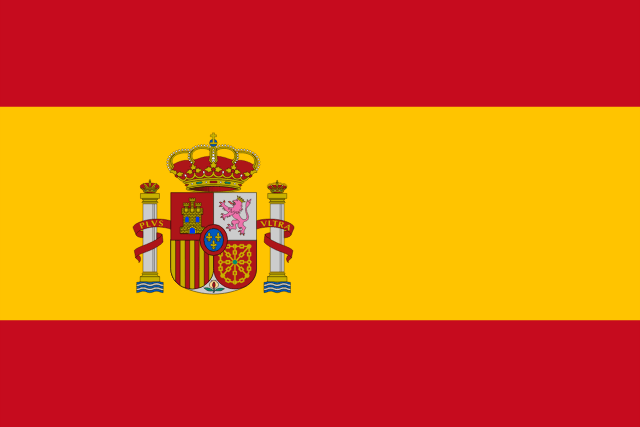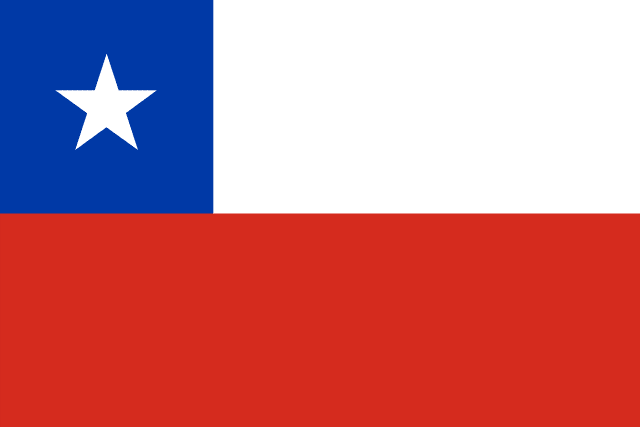Mayon
Volcano
Local Time:
The World's most symmetrical volcano is now live in 4K. The Mayon Volcano lies to the north of the bustling city of Legazpi on the island of Luzon in the Philippines
 Watch now
Watch now
Symmetrically Beautiful
Symmetrical Mayon, which rises above the Albay Gulf NW of Legazpi City, is the most active volcano of the Philippines. The steep upper slopes are capped by a small summit crater. Recorded eruptions since 1616 CE range from Strombolian to basaltic Plinian, with cyclical activity beginning with basaltic eruptions, followed by longer term andesitic lava flows. Eruptions occur predominately from the central conduit and have also produced lava flows that travel far down the flanks. Pyroclastic flows and mudflows have commonly swept down many of the approximately 40 ravines that radiate from the summit and have often damaged populated lowland areas. A violent eruption in 1814 killed more than 1,200 people and devastated several towns.
This volcano is located within the Albay, a UNESCO Biosphere Reserve property.
Photo by Patryk Reba

The Team
afarTV's Chat Moderators
Resources
Companion resources for the livestream.
FAQs
Frequently asked questions about Mount Etna
Source: Geology.com, Gramps
Mount Etna historically averages a low VEI 1-2, not very explosive. In the past 90 years, it has only caused minor damage to some local buildings, and a few injuries.
Mount Etna consists of two edifices: an ancient shield volcano at its base, and the younger Mongibello stratovolcano, which was built on top of the shield. The basaltic shield volcano eruptions began about 500,000 years ago, while the stratovolcano began forming about 35,000 years ago from more trachytic lavas.
The volcano's slopes currently host several large calderas which formed when the roofs of magma chambers collapsed inward, including the east-facing, horseshoe-shaped Valle de Bove.
The highest tip of Etna is currently about 3,357 m above sea level. This altitude undergoes variations due to material accumulation due to explosions and eruptions and the frequent collapse.
In 2021, the summit gained height from the many lava fountain eruptions. The summit currently consists of Four Craters; the North-eastern Crater formed in 1911, The Chasm 1945, The new Mouth 1968 and the South-East Crater from the 1971 eruption.
The last recorded eruption took place in December 2021. A lateral vent opened on the 13 of December at an altitude of 2800 mt. The eruption lasted just 48 hours. There have been 50 eruptions from Jan - Sept 2021.
As is often the case with explosive / effusive volcanoes with basic magmas, lava flows can go on for weeks, months, years, and sometimes decades. The longest eruption of Etna lasted ten years and went on from 1614 to 1624.
Etna's current activity consists of continuous summit degassing, explosive Strombolian eruptions, and frequent basaltic lava flows. Ash clouds from the explosive eruptions are especially hazardous to aircraft, since ash that is pulled into a jet engine can melt, coat moving parts with a layer of glass, and cause the engine to shut down. These dangerous ash clouds are often visible from space.
Etna has also produced pyroclastic flows, ashfalls, and mudflows, but the lava flows are the most immediately hazardous type of activity, especially to the city of Catania.
The lava flows themselves usually do not move fast enough to threaten humans, but they can cover large areas and destroy crops and buildings. In the event of a large flank (fissure) eruption, evacuating the inhabitants of towns and cities near the volcano would be a huge challenge.
Volcanoes do not burn, there is no smoke or flames, and no combustion. The black plumes are ash (pulverized lava), the lava fountains include small bits called tephra, and larger lava 'bombs'.
The glow is hot gases and lava. Gases include mostly water vapor, CO2 carbon dioxide, and SO2 sulfur dioxide, plus others.Yes, lava contains 1-5% water.
As magma rises to the surface, lower pressure makes gases exsolve (come out of the magma). Gases build up in bubbles, which drives the magma out of the ground. Gas bubbles vary in size, which changes the height of lava fountains, and the rate of lava flow. Lava flow is faster down steep slopes, and over smooth ground. It is slower on flatter slopes and over rough ground or older lava.
Volcanoes are not caused by the moon's gravity, ocean tides, solar flares, or other planets. A volcano will erupt the same during all phases of the moon, solar activity, and earth's orbit. A few volcanoes on coastlines may be slightly affected by high tides. Tides may squeeze the ground, causing slightly higher lava flow.
Special thanks to







Offering the next closest experience to actually being there - That's the goal of AfarTV.
SITE MAP
LIVE STREAMS
© copyright 2026 afarTV. All rights reserved.
















